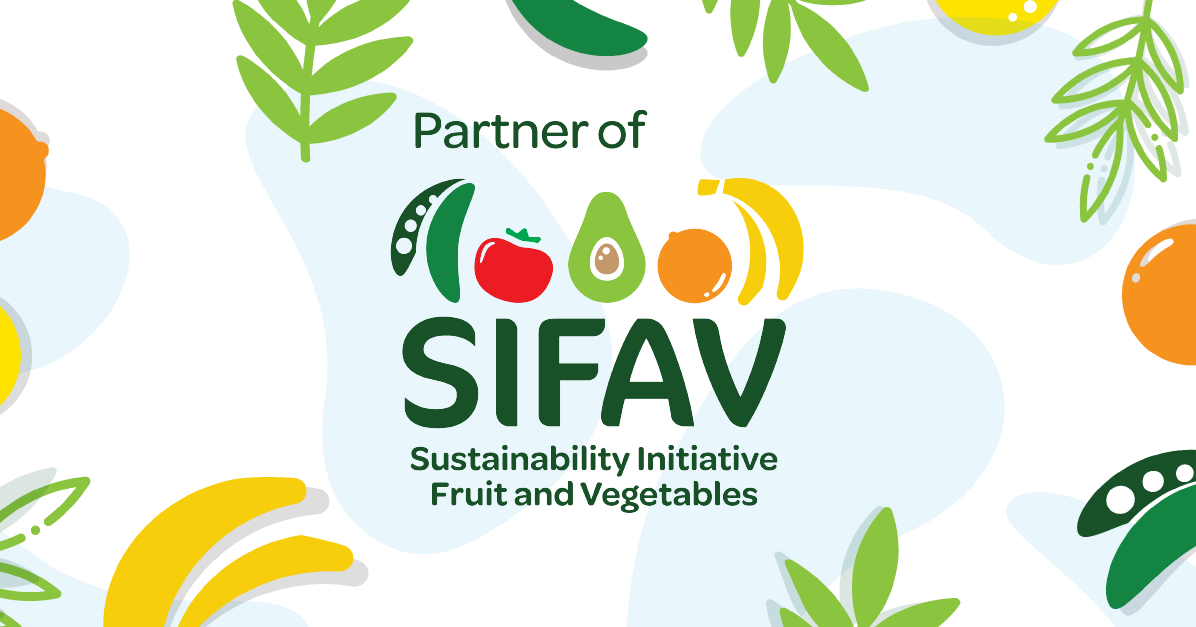“Green cleansing”
True to the motto “demand determines the supply”, many companies, too, have noticed the change and are now trying to position themselves as environmentally-friendly market players. The problem here is that many companies present themselves more climate-friendly than they actually are. Thus, greenwashing is mainly associated with “green cleansing” or the creation of a “green image” by organizations or companies that want to look more sustainable and, in order to achieve this, often distribute false information in their advertising or hide facts. As a result, they mislead and manipulate their consumers in the process.[1]
The consequences of such a greenwashing of the corporate image are very serious indeed. Customers could gradually lose confidence in sustainable products if they come to suspect that a climate-friendly product is more shadow than substance. Consumers are literally flooded with information today, and misinformation spreads quickly.[2]
This information overload and the dynamic exchange of misinformation from both the businesses and the consumers are a particular challenge for those companies that offer, in fact, a sustainable production process.[3]
There is another way
There are many companies which really care about climate protection. Great business models ensure a more sustainable future, and consumers can contribute to climate protection with their purchasing decisions.
With BE CLIMATE, we too are doing our best to make the future a little more climate-friendly.
Our mission: less emissions
In addition to offsetting the unavoidable CO2, we focus primarily on reducing emissions along our supply chain. To achieve this, we try to act as climate-friendly as possible in our own office and, in addition, motivate our partners along the supply chain to design more sustainable processes. As a result, we have been able to initiate and implement several reduction projects already.
By joining the Science Based Targets Initiative at the beginning of 2021, we as a company officially set ourselves the goal to reduce our emissions by 50 % by the year 2030 compared to 2018. We also became a member of the Sustainability Initiative Fruit and Vegetables (SIFAV) in 2022, which means that we are now committed to a defined reduction of CO2 emissions and food waste and have already initiated several other reduction projects.
Despite the abundance of information out there, we try to inform consumers about our products as simply and transparently as possible and, in addition, keep them updated on our corporate activities and campaigns. For example, consumers can easily find out about the origin of our products and their way to carbon-neutrality by scanning the QR code on our BE CLIMATE products. On our blog and via social media, we also exchange ideas with our community and give followers regular insights behind the scenes.
We have already achieved and implemented quite a bit. Nevertheless, we are far from perfect and we still have a long way to go – but every day, we give everything to get another step closer to our goal of reducing 50 % of our emissions.
You are welcome to join us on this journey!

















